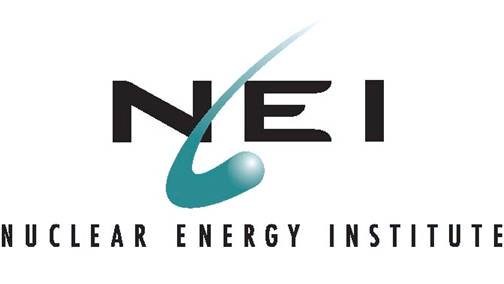Part 2 of 3 Parts (Please read Part 1 first)
Matt Crozat is senior director of policy development at the Nuclear Energy Institute. He said that it is “real progress” for the federal government to put billions of dollars in place to address the potential closure of nuclear power plants. He added that it “shows just how far we’ve come in appreciating the role that nuclear energy is going to play in a low-carbon future.”
Some analysts say that it is not clear how the nuclear credit program and a possible new production tax credit would function together over several years. One nuclear power plant may not be able to receive both tax credits. The production tax credit might function as a “cleaner” policy tool according to Crozat. Its value may be reduced to zero if the plant’s revenues are high enough.
Lukas Ross is climate and energy justice program manager at Friends of the Earth. He expressed opposition to the nuclear credit program and the potential nuclear production tax credit. He said that “Nobody is saying that every reactor needs to close tomorrow, but in situations where the reactors can be replaced safely with renewables and efficiency, that’s the course that should be taken.”
There was some support for the infrastructure bill from some Republicans in Congress, others have criticized its size of the focus of planned spending. Florida Governor Ron DeSantis was quoted by WPTV as saying that the bill was “pork-barrel spending” and he suggested that his state’s share was unfair.
Aside from nuclear power, DoE highlighted investment plans in the bill ranging from more than seven billion dollars for the supply chain for batteries to three and a half billion dollars aimed at a weatherization assistance program. It said that eleven billion dollars would be set aside for grants to states, tribes and utilities to upgrade the resilience of the U.S. power grid against such events as cyberattacks and extreme weather. The DoE also said that about twenty-one billion dollars would be available for funding clean energy demonstrations and research hubs. That money would impact areas such as clean hydrogen, advanced nuclear and carbon capture, direct air capture and industrial emissions reduction.
DoE said yesterday that it plans to add about one thousand workers as it implements aspects of the infrastructure bill.
Yesterday, the DoE was asked about criticism that carbon capture prolongs the life of fossil fuels. The DoE pointed to the role that the technology can play in decarbonizing sectors such as cement, chemicals and steel. Bauman said that those sectors “don’t have readily available alternatives to quickly replace fossil fuels, and so we are going to advance a lot of these solutions to make sure that we are making progress in every part of the economy where we’ve got to reduce emissions, and protect and create new, good-paying industrial jobs.”
The U.S. electric grid is the key to reducing greenhouse gas emission across the U.S. according to many experts. The infrastructure bill could be a key first step for modernizing and upgrading the grid, because the grid allocates billions of dollars to developing new electric transmission lines, enhancing the existing transmission system and encouraging regulators to prepare for expansive changes in energy resources and consumption needs. Even if this is true, funding may only cover a fraction of the expected costs of building out the power grid to support both carbon-free electricity and zero-emission transporting and heating.
One section of the new infrastructure bill creates a two and a half billion loan program to boost the construction of new electric power transmission lines or help repair existing lines. Projects that use grid-enhancing technologies would be prioritized. The bill also adds three billion dollars in funding to an existing program at DoE that seeks to modernize the electric transmission and distribution systems. Grid-enhancing technologies refer to a range of tools that can make the grid system more reliable and flexible, including to make it more able to respond to the ebbs and flows of solar and wind resources.
Please read Part 2 next
